When you’re hunting for smoother, clearer skin, the word "retinoid" pops up everywhere. Prescription‑strength gels like A‑Ret Gel (Tretinoin) contain the active ingredient tretinoin, a vitamin A derivative that accelerates cell turnover. But it’s not the only option on the market. From over‑the‑counter retinol creams to plant‑based bakuchiol serums, the landscape is crowded, and picking the right one can feel overwhelming.
A‑Ret Gel is celebrated for its potency, yet many wonder whether a milder alternative might give comparable results with fewer side effects. Below we break down the science, compare the most common alternatives, and give you a practical decision‑making framework.
What Makes A‑Ret Gel (Tretinoin) Unique?
Tretinoin is the pharmacologically active form of vitamin A that directly binds to retinoic acid receptors (RARs) in skin cells. This binding triggers a cascade that:
- Boosts collagen synthesis, reducing fine lines.
- Speeds up shedding of dead keratinocytes, unclogging pores.
- Normalises hyperpigmentation by dispersing melanin granules.
Because it works at the cellular level, tretinoin delivers clinically proven results in as little as 8‑12 weeks for acne, photo‑ageing, and melasma. The trade‑off is a higher risk of irritation, dryness, and photosensitivity, especially during the first few weeks of use.
Common Alternatives at a Glance
Below are the retinoid‑type products most people encounter when they search for “A‑Ret alternatives.” Each has a distinct potency, prescription requirement, and side‑effect profile.
| Product | Active Ingredient | Prescription ? | Typical Strength | Primary Use Cases | Common Side Effects | Average Cost (UK) |
|---|---|---|---|---|---|---|
| A‑Ret Gel (Tretinoin) | Tretinoin | Yes | 0.025 %‑0.05 % | Acne, photo‑ageing, hyperpigmentation | Dryness, peeling, erythema | £30‑£45 per 30 g |
| Retin‑A | Tretinoin | Yes | 0.01 %‑0.1 % | Acne, fine lines | Similar to A‑Ret, sometimes more irritating | £35‑£55 per 30 g |
| Differin (Adapalene) | Adapalene | Both (OTC 0.1 %, Rx 0.3 %) | 0.1 %‑0.3 % | Mild‑to‑moderate acne | Burning, initial purging | £12‑£20 per 30 g |
| Tazarotene | Tazarotene | Yes | 0.05 %‑0.1 % | Severe acne, psoriasis, deep photo‑ageing | Severe irritation, photosensitivity | £45‑£70 per 30 g |
| Retinol | Retinol (pro‑vitamin A) | No | 0.1 %‑1 % | Gentle anti‑age, skin tone evening | Mild redness, dryness | £15‑£35 per 30 ml |
| Bakuchiol | Bakuchiol (plant‑derived) | No | 0.5 %‑1 % | Anti‑age, antioxidant | Very low irritation | £20‑£40 per 30 ml |
| Azelaic Acid | Azelaic Acid | No (up to 15 % OTC) | 10 %‑15 % | Rosacea, mild acne, hyperpigmentation | Temporary tingling, dryness | £18‑£30 per 30 g |
| Niacinamide | Vitamin B3 | No | 2 %‑5 % | Barrier repair, oil control | Rare irritation | £12‑£25 per 30 ml |
How Each Alternative Stacks Up Against A‑Ret Gel
Retin‑A is essentially the same molecule as A‑Ret Gel, but the formulation differs (cream vs. gel) and the available strengths are broader. If you’ve tried A‑Ret and found the gel too drying, the cream base of Retin‑A might feel less tacky, though the irritation potential stays similar because the active ingredient is identical.
Differin (Adapalene) offers a gentler entry point for acne‑prone skin. Its chemical structure is less prone to oxidation, which means it remains stable in sunlight‑proof packaging. For beginners, 0.1 % adapalene often delivers noticeable acne improvement with less peeling than tretinoin, making it a popular OTC alternative. However, it’s weaker for fine‑line reduction and hyperpigmentation.
Tazarotene sits at the top of the prescription retinoid hierarchy. It’s roughly 2‑3 times more potent than tretinoin, so it can clear stubborn nodular acne in fewer weeks. The price tag and irritation risk are higher, so dermatologists reserve it for patients who have tolerated lower‑strength retinoids without major side effects.
Retinol is the over‑the‑counter cousin of tretinoin. Your skin must first convert retinol to retinaldehyde and then to tretinoin before it becomes active. This two‑step conversion makes retinol 10‑30 % less potent, which translates to milder results but also a gentler experience. If you’re new to retinoids or have very sensitive skin, a 0.3 % retinol serum can be a smart starter.
Bakuchiol is a plant‑derived molecule that mimics retinol’s collagen‑boosting effects without binding to retinoic acid receptors. Clinical trials in 2023 showed comparable wrinkle‑reduction scores after 12 weeks, but bakuchiol doesn’t clear acne as effectively because it lacks the comedolytic action of true retinoids. The upside is almost zero irritation, making it attractive for people who can’t tolerate any retinoic‑acid activity.
Azelaic Acid isn’t a retinoid, but it often appears in “retinoid alternatives” lists because it tackles similar concerns-acne, rosacea, and hyperpigmentation. Its anti‑microbial and anti‑keratinizing properties help smooth skin tone without affecting cell turnover. Some users pair azelaic acid with a low‑dose retinol to get the best of both worlds.
Niacinamide is a barrier‑supporting ingredient. It won’t speed up cell turnover, but it reduces inflammation, regulates sebum, and improves the overall texture. Pairing niacinamide with any retinoid (including A‑Ret Gel) can mitigate redness and strengthen the skin barrier, especially during the initial “retinoid rash” phase.
Decision‑Making Framework: Which One Fits Your Skin?
Use the checklist below to narrow down the best choice for your situation.
- Primary concern? If acne is the main issue, start with adapalene (Differin) or a low‑strength tretinoin; for fine lines, tretinoin or tazarotene wins.
- Prescription comfort? If you’re comfortable seeing a dermatologist, tretinoin or tazarotene give the fastest results. If you prefer OTC, go for retinol, bakuchiol, or azelaic acid.
- Sensitivity level? Highly reactive skin benefits from retinol ≤0.3 % or bakuchiol. Mild irritation can be managed with moisturiser layering.
- Budget? A‑Ret Gel and Retin‑A cost £30‑£55 per tube; retinol and bakuchiol range £15‑£40. Tazarotene is the priciest.
- Long‑term plan? If you want a lifelong anti‑age routine, consider a rotation: start with adapalene for acne, then switch to tretinoin for collagen boost, and finish with bakuchiol on rest days.
Practical Tips for Using Any Retinoid (Including A‑Ret Gel)
- Start slow. Apply a pea‑size amount every third night for the first two weeks. Gradually increase frequency to nightly as tolerated.
- Buffer with moisturizer. Let the retinoid absorb for 5 minutes, then follow with a ceramide‑rich cream to reduce dryness.
- Never skip sunscreen. Retinoids thin the stratum corneum, making UV damage more likely. Choose a broad‑spectrum SPF 30 + and reapply every 2 hours.
- Avoid mixing with strong actives. Benzoyl peroxide, AHAs, or high‑strength vitamin C can increase irritation. Use them at opposite times of day.
- Watch for “purging”. The first 4‑6 weeks may see a spike in breakouts as clogged pores rise to the surface. If it persists beyond 8 weeks, reconsider the product or concentration.
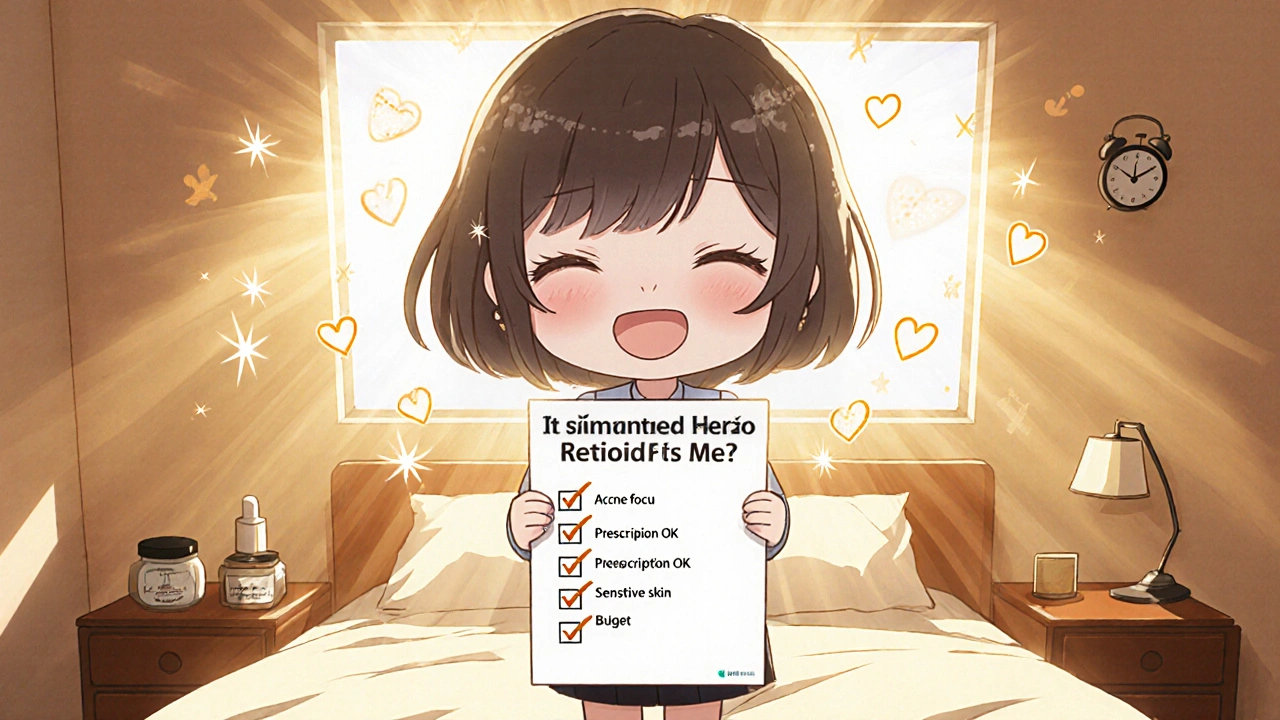
When to Seek Professional Advice
If you experience persistent redness lasting more than two weeks, blistering, or severe peeling, pause the product and book an appointment with a dermatologist. They can adjust the concentration, prescribe a calming adjunct (like a low‑dose corticosteroid), or suggest a switch to a milder alternative such as adapalene.
Frequently Asked Questions
Can I use A‑Ret Gel and retinol together?
It’s generally not recommended because both act on the same pathway and can double the irritation risk. If you want the benefits of both, alternate nights: tretinoin on night 1, retinol on night 2, and moisturiser on night 3.
How long does it take to see results with A‑Ret Gel?
Most users notice a reduction in acne lesions within 4‑6 weeks, while visible improvements in fine lines and texture usually emerge after 8‑12 weeks of consistent nightly use.
Is bakuchiol a true alternative to tretinoin?
Bakuchiol mimics some anti‑age effects of retinol but doesn’t clear acne as effectively because it doesn’t bind retinoic‑acid receptors. It’s an excellent choice for sensitive skin or pregnancy, but not a direct substitute for severe acne treatment.
Do I need a dermatologist prescription for A‑Ret Gel?
Yes. In the UK, tretinoin products of 0.025 % and above are prescription‑only. You’ll need a consultation to get a suitable strength and usage instructions.
Can I use A‑Ret Gel while pregnant?
No. Tretinoin is classified as pregnancy‑category C and is generally avoided due to potential teratogenic effects. Switch to a pregnancy‑safe alternative like bakuchiol or azelaic acid after consulting your doctor.
Choosing between A‑Ret Gel and its many alternatives boils down to three questions: What’s your main skin goal? How much irritation can you tolerate? Are you comfortable with a prescription? Armed with the comparison table, the checklist, and the practical tips above, you can pick the retinoid that fits your lifestyle without guessing.
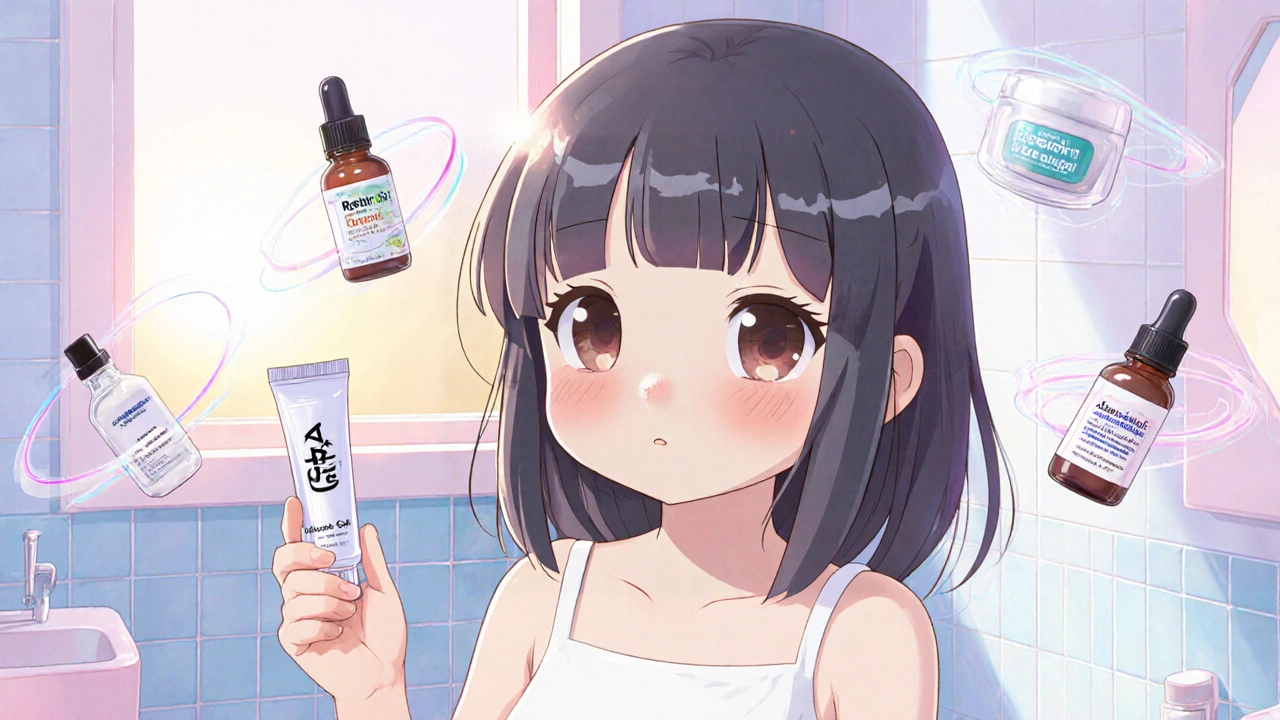
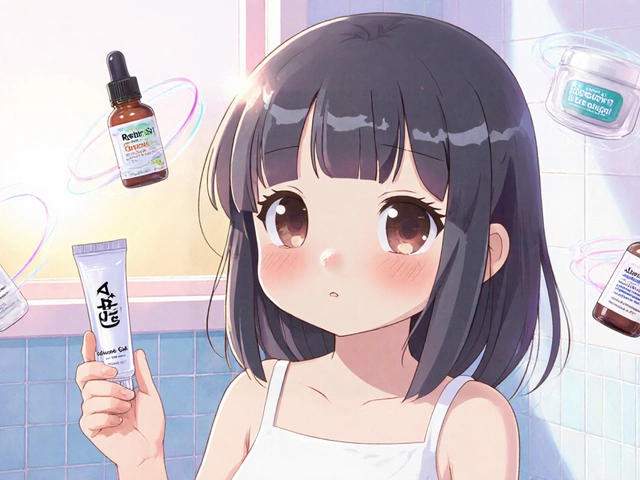
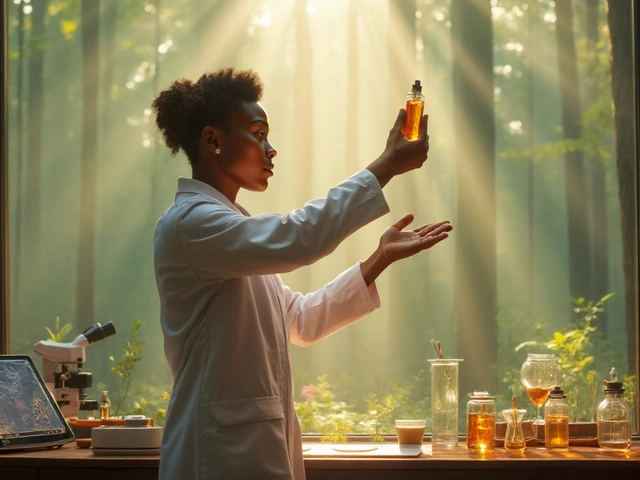

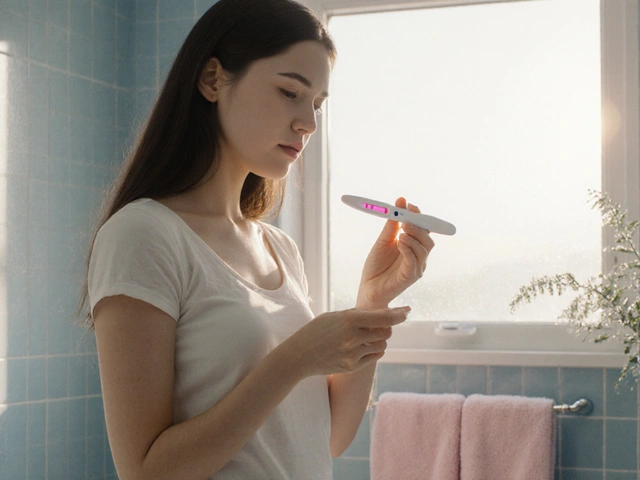
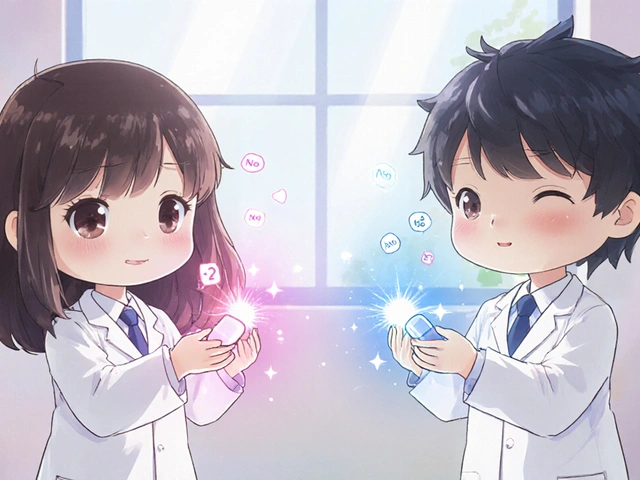
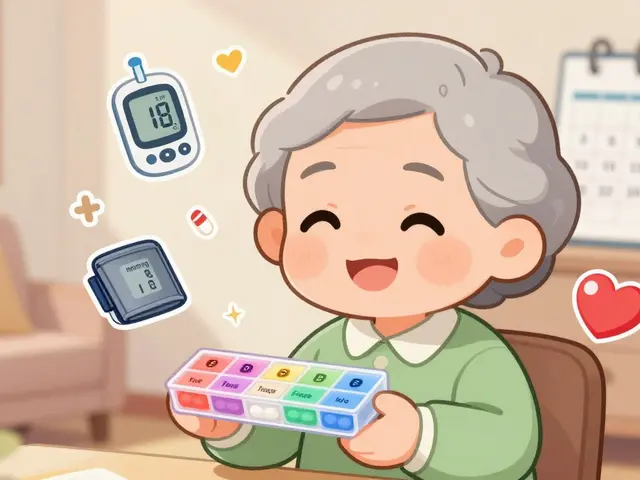
Kimberly Lloyd
October 22, 2025 AT 04:26Hey folks, just wanted to add a gentle reminder that starting any retinoid, including A‑Ret Gel, is as much a mental journey as a skin one.
Think of it like planting a seed – you nurture it daily, stay patient, and eventually you’ll see the tiny shoots break through.
In my experience, pairing the gel with a simple ceramide moisturizer in the evening keeps the dryness at bay and makes the whole process feel less intimidating.
And remember, consistency beats intensity; a pea‑size amount every third night builds a solid foundation.
Take it one night at a time and your skin will thank you.
Sakib Shaikh
October 31, 2025 AT 09:40Yo, the potenchial of A‑Ret Gel is off the charts, but you gotta be ready for the drama it brings!
First off, the peeling can look like a bad horror movie scene – but that’s just the skin shedding the old, weak layers.
Definately don’t over‑apply, a pea‑size dot is all you need, otherwise you’ll end up looking like a dry desert.
The key is to layer a rich moisturizer right after, like a protective cloak for your face.
Give it at least two weeks before you start judging the results, and the glow will sneak up on you.
Devendra Tripathi
November 9, 2025 AT 15:53Honestly, all this hype around bakuchiol is just marketing fluff.
If you really want acne control, nothing beats a proper retinoid like tretinoin – bakuchiol can’t even unclog a single pore.
People love to worship “natural” alternatives, but when it comes to serious skin concerns, you need a molecule that binds to the RAR receptors.
Save your money and stick to proven science; otherwise you’re just buying a fancy lotion with zero impact.
Nick M
November 18, 2025 AT 22:06From a biochemical standpoint, tretinoin directly activates RAR‑α and RAR‑γ isoforms, accelerating keratinocyte turnover and collagen synthesis.
When you compare that to a pro‑vitamin A like retinol, you’re essentially dealing with a two‑step enzymatic conversion, which yields a lower pharmacodynamic profile.
That’s why the irritation index for A‑Ret Gel sits higher – it’s engaging the downstream MAPK pathways more robustly.
In clinical practice, we calibrate the dosage to balance photoprotection needs with barrier homeostasis, often using a ceramide‑rich emulsion as a buffer.
eric smith
November 28, 2025 AT 04:20Sure, because everyone loves a chemical peel on their face.
Erika Thonn
December 7, 2025 AT 10:33If the skin is a canvas, then retinoids are the brush that paints the future.
But the concenctration you choose decides whether you create a masterpiece or a chaotic splatter.
Too strong and you’ll bruise the fabric; too weak and you’ll never see change.
Balance is the unere secret that all dermatologists whisper behind closed doors.
So, meditate on your skin's needs before you splatter that gel.